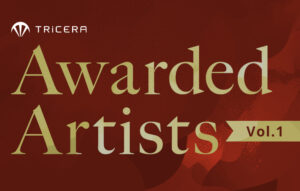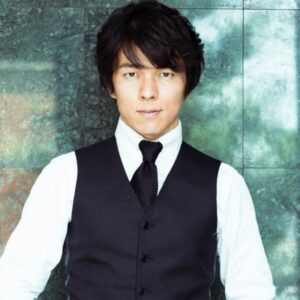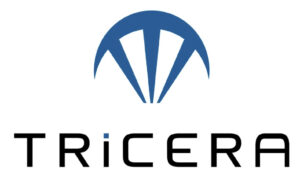
Two years after its establishment, TRiCERA has more than 4,000 registered artists from over 120 countries. Over 4,000 artists from over 120 countries have registered as artists with TRiCERA. In this issue, we would like to highlight three award-winning artists who are registered with TRiCERA.
Kenta Nakajima

Artist Concept Born in Tokyo, Japan in 1984. While studying oil painting at university, made her professional debut in her third year. Since then, all of his more than 500 works have been sold out. Not only has he been commercially successful, but he has also been awarded two special prizes at the Nitten, the most important art exhibition in Japan, for his delicate techniques. In addition to creating artworks, he also works as a commentator for TV media. With the concept of "how to make people familiar with art," he aims to resolve the dissociation between art and daily life and to harmonize the two. Career Born in Tokyo in 1984. He made his professional debut when he was a junior in college, and has produced over 500 works, all of which have sold out. He is highly regarded as a one-of-a-kind artist with his delicate and sophisticated techniques and warm, humanistic style. In his twenties, he won the Special Prize twice at Nitten, Japan's largest public exhibition. His work has been noted as a record on par with that of the legendary Showa era artist Ryohei Koiso. He has also been introduced on TV as a "successful painter" in such programs as TBS "NEWS23" and TV Asahi "White Art Museum". He has appeared in many media such as TBS "NEWS23", TV Asahi "White Art Museum", Fuji TV and TV Tokyo. She created the poster for TBS's morning information program "Good Luck! and also appears as a commentator on Thursdays.
Zeng Chao

Artist Concept In China, rapid economic and technological development has led to urbanization, and high-rise buildings and highways have transformed the urban landscape. However, the city's gardens still retain a tradition known as "Kazan Stone". Kazan stones are based on the natural stone features used in historical Chinese garden design, and have been used as a symbol of hope for a "return to nature". In traditional Chinese culture, existence does not come from formation, but rather the beginning of formation is nothingness. Furthermore, the first being is called qi, and all other beings are born from qi. Ki is the material of formation, the force of formation, and its method determines its essence. The concept of fuzhi haden is deeply connected to the influential Chinese philosophers Zhuangzi and Laozi. Representatives of the philosophy of qi not only study the nature of nature based on the concept of metamorphosis, but also combine it with the concepts of metaphysics. However, Chinese politics, especially socialism, has been influenced by Western culture and dualism. For example, control of nature, conflicts between people and countries, those conflicts are easily created conflicts. According to the old Chinese philosophy, humans must respect nature as part of life in nature. To show the conflict between Chinese socialism, Chinese education and Chinese philosophy, Zeng Cho symbolizes Chinese socialism with his Chinese tunic suit and red tie, and Chinese tradition and philosophy with his Kaiseki cuisine. Awards 2013 Good Design Award 2014 CAF Award for Excellence, sponsored by the Nippon Foundation Foundation for the Promotion of Contemporary Arts 2014 Nominated, Sovereign Art Foundation of Hong Kong 2016 Research Grant, Kamibayashi International Student Scholarship Foundation Public Collection 2014 Yusaku Maezawa Collection, Foundation for the Promotion of Contemporary Art, Chairman of the Japan Foundation for the Promotion of Contemporary Art
Fabio Borges-

Artist Concept Fabio Borges' artistic exploration explores the relationship between parts and the whole they form. It comes from observing the pixels in patchwork quilts, Portuguese tile panels, and digital images. His process begins on the computer before embodiment on canvas or paper. He uses acrylic paints and sprays over sublimation ink prints to create effects of transparency and opacity. Geometric shapes overlap with figurative images, transforming them into "watermarks. This is a subliminal message that raises the conflicting issues of inclusion and exclusion, preservation and extinction. Although there are many different subjects in his work, he does not take them as his own when he paints. He considers them to be devices that connect his personal experiences with those of the audience. By moving far away from his studio, his works are free to create new meanings. Fabio Borges' paintings are in public and private collections in the United States, Brazil, Italy, France, and Portugal. Awards 2004 - Silver Medal Prize, Société Académique Française d'Arts, Paris, France 1990 - Won Prize, 2nd Goiás Art Biennial, Brazil
 The works of the artists introduced here are available at TRiCERA.
The works of the artists introduced here are available at TRiCERA.